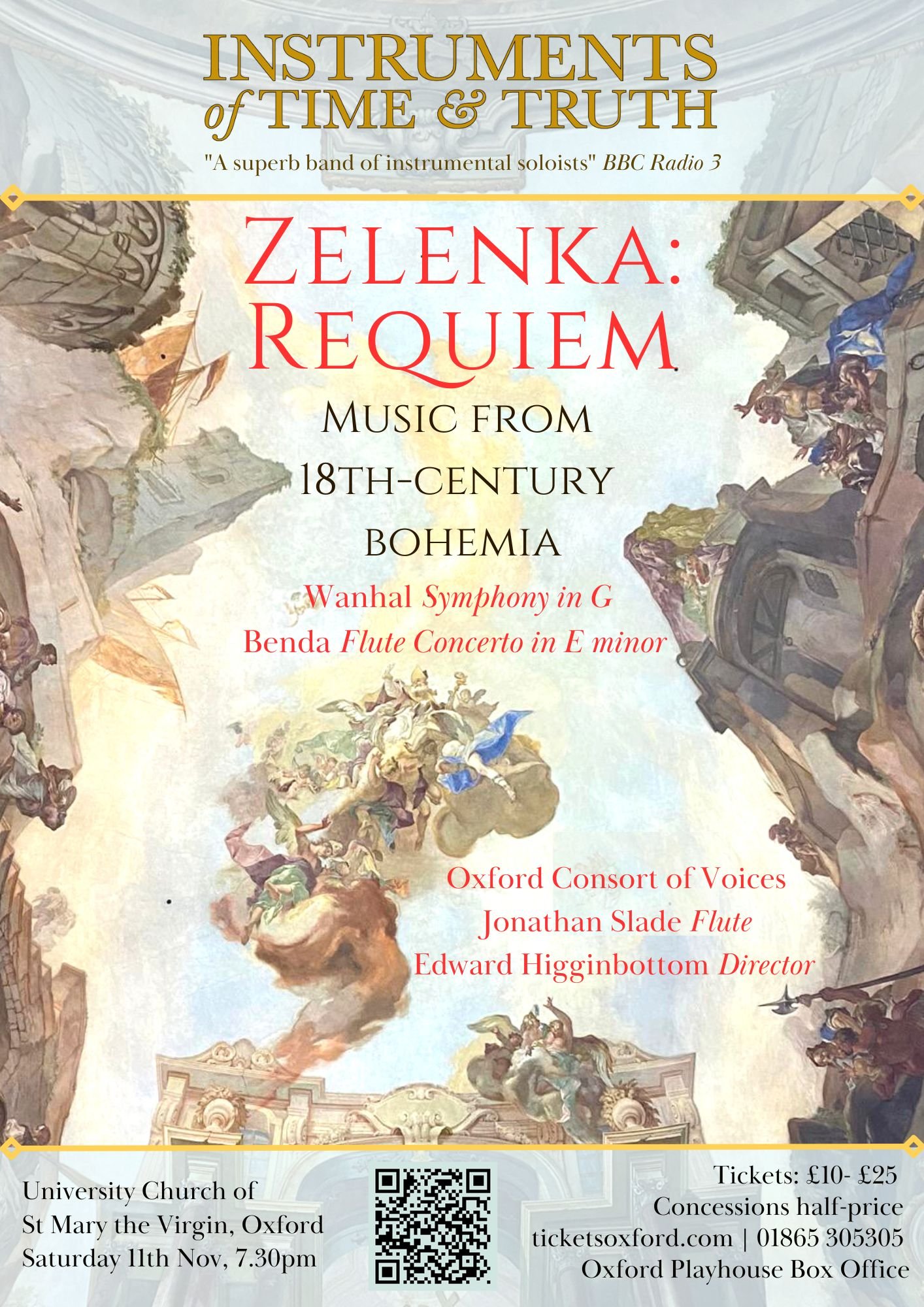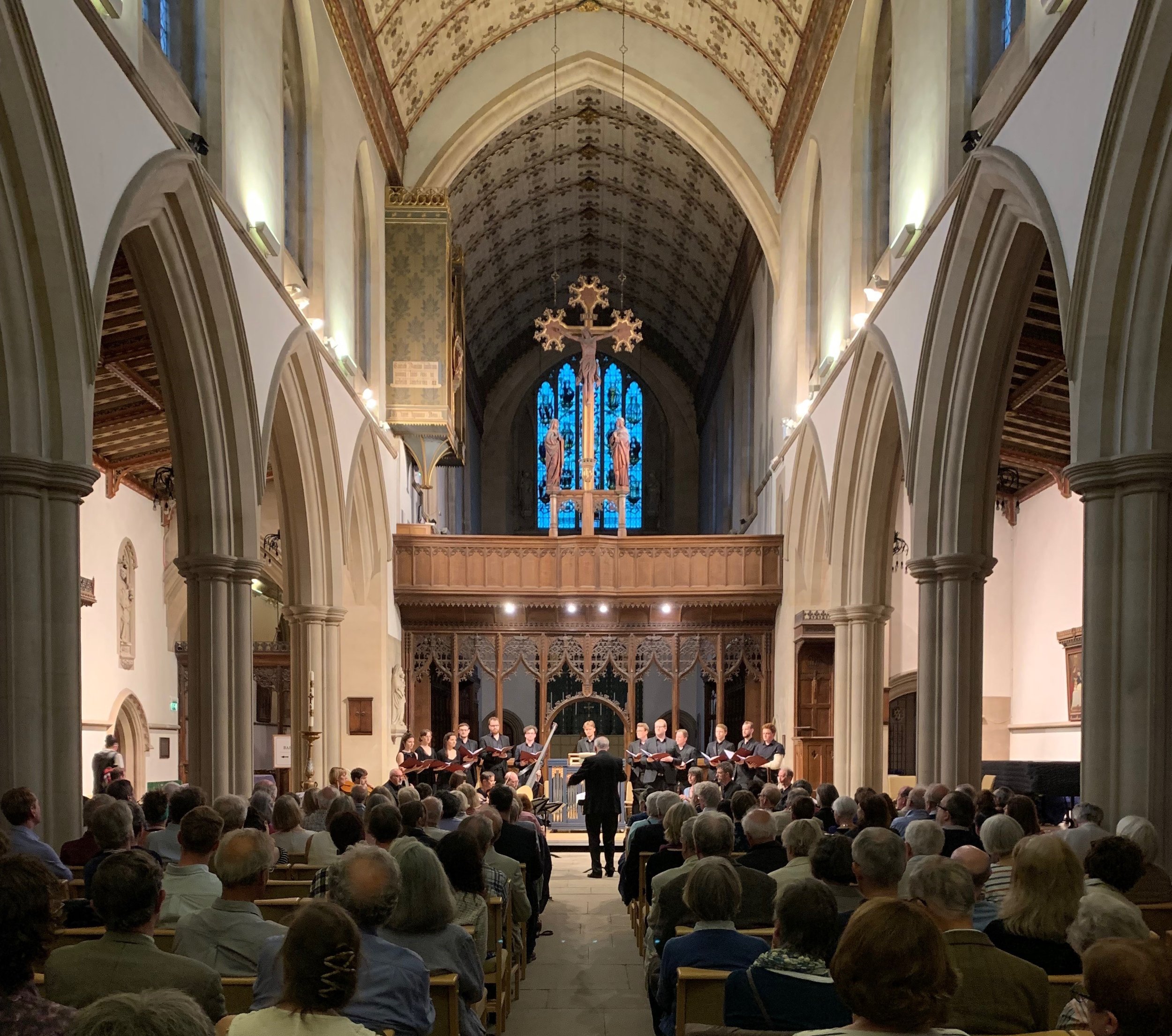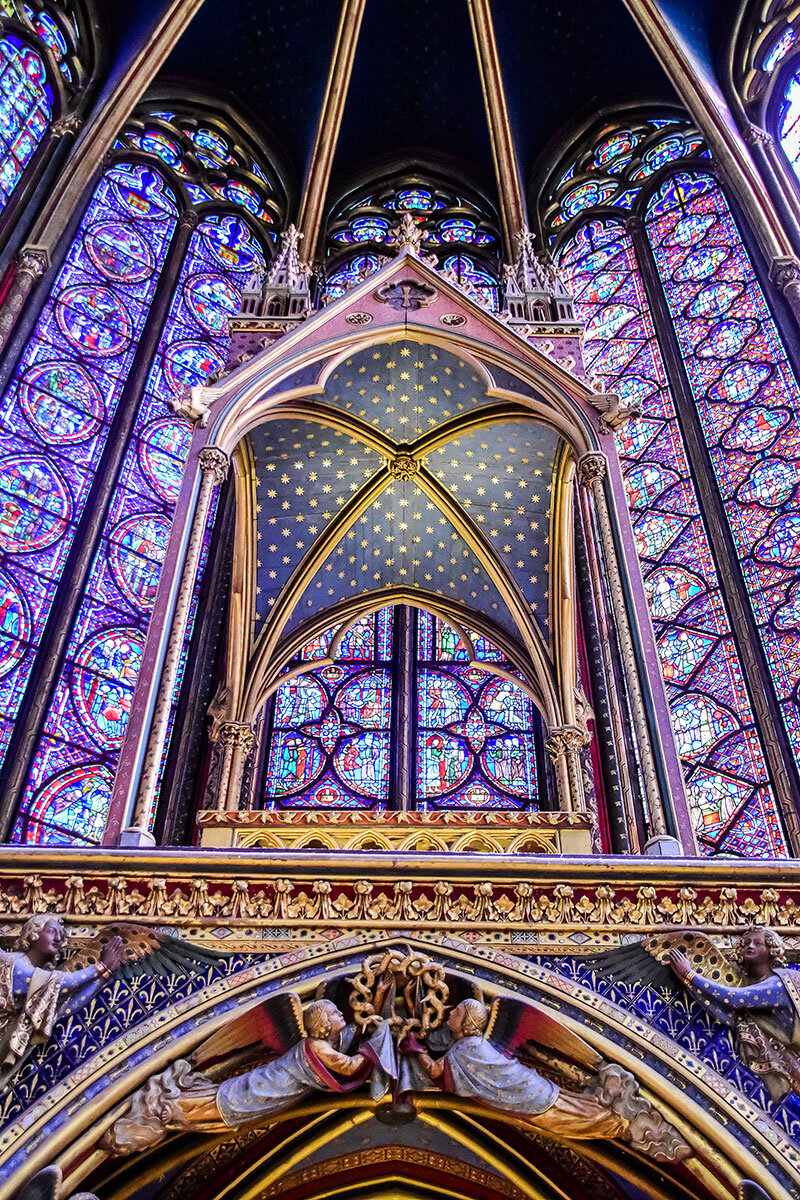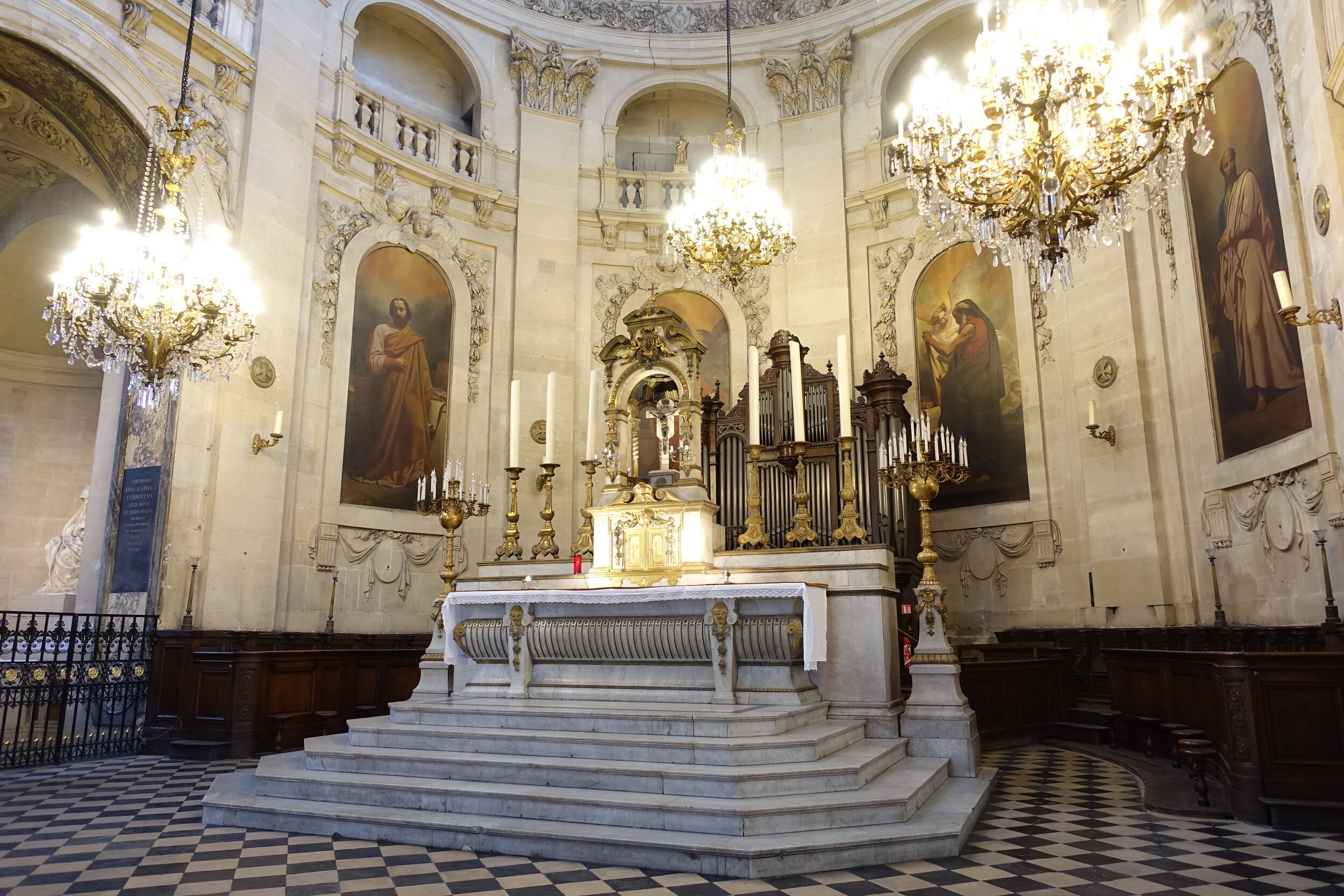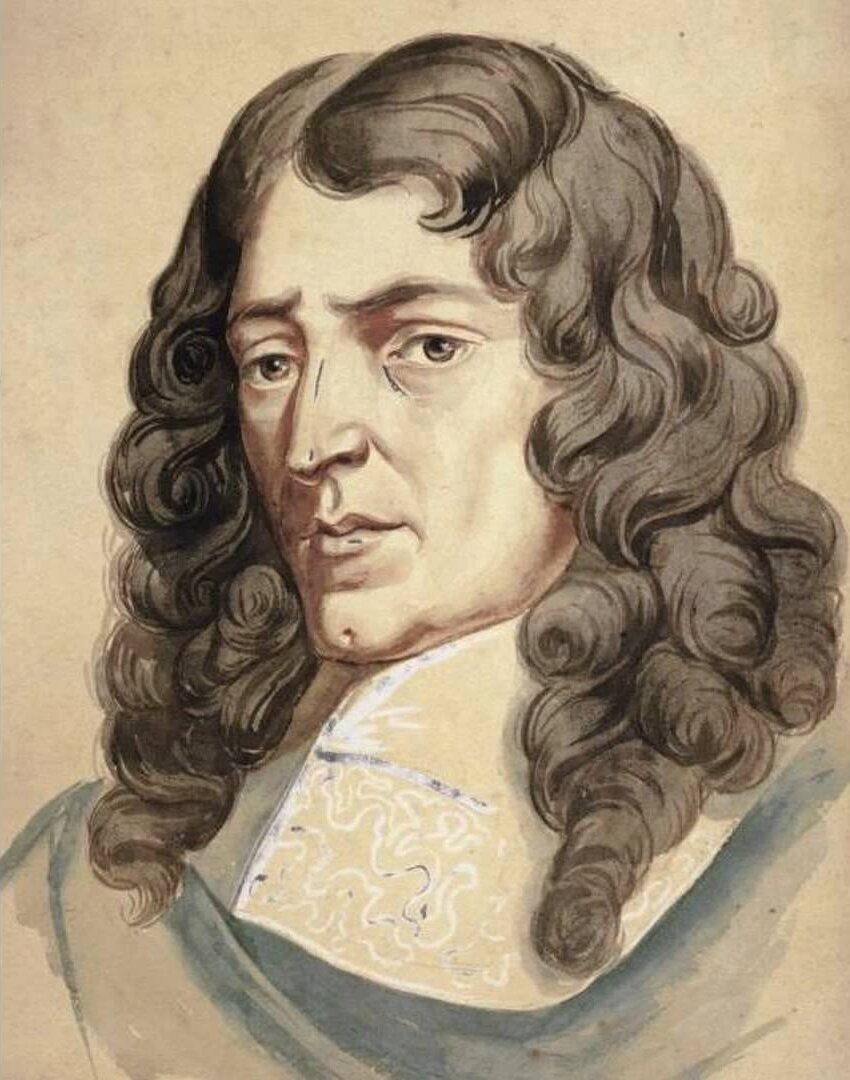Instruments of Time and Truth, Oxford’s resident Baroque ensemble, seeks an Education Officer to develop the group’s education programme from January 2021.
This vacancy is now closed.
Job Title: Education Officer
Remuneration: £20/h ~30h/mo on a freelance basis. Potential for role to expand.
Key Responsibilities
1. Partnership with Oxfordshire County Music Service. Our partnership agreement outlines the following relationship:
· Reciprocal sharing of information, where appropriate, including signposting to other partners
· Extended, advanced tuition for students in historical performance practice including instrumental workshops, individual sessions and possible mentorship initiatives
· An academic strand relating to GCSE and A-level set works.
· Side-by-side sessions for students
· Introductory historical performance courses for students (“IT&T InSpires”)
· Exploration of the possibility of CPD with OCMS staff
· Support for the annual Music Hub Gala Awards
· No charge for IT&T for the use of OCMS premises for workshops held for OCMS students
· Additional funding from grants made to IT&T in accordance with IT&T’s obligations as a registered charity
The Education Officer would be expected to
· Liaise with OCMS and the IT&T Artistic Team to plan and deliver events associated with the partnership
· Work with the General Manager to apply for funding to continue the partnership
· Report to charities who have already supplied funding.
2. ‘A Day with IT&T’- a day’s workshop with the ensemble, in the past specifically targeting the Edexcel GCSE syllabus, consisting of
· Open rehearsal
· Introduction to Baroque instruments and analysis of set works
· Workshop on set works
· Lunch provided by host school
· “Come and sing” choruses / strings workshop to run simultaneously
· Concert of pieces from the syllabus:
Historically, the day has been hosted by local private schools who have then invited state and other private schools.
The workshop could be repeated every two years with new intakes of GCSE students. The programme would need to be revised as per syllabus changes. It has previously been hosted by St Edward’s, Headington, and Abingdon Schools, as well as by Keble College and SJE Arts.
The Education Officer would be expected to
· Continue the oversight, development, and delivery of the project
· Renew prior collaborations
· Promote the project to schools throughout the region
In addition to these projects, the Education Officer would be expected to
3. Establish dialogues with local schools in order to discover the kind of projects which would be most useful for their specific needs, e.g. orchestral coaching, introduction to historically informed performance, etc.
4. Develop projects associated with IT&T’s self-promoted concerts, and co-ordinate offering free tickets to school pupils.
5. Research and complete targeted funding applications to support the above, working alongside the general fundraising efforts of the organisation.
In times of Covid:
It is recognised that many of the above activities will not be feasible while restrictions surrounding the Coronavirus pandemic remain in place. As such, the Education Officer would be expected to undertake as many of these roles as feasible, particularly fact-finding and relationship building with education partners, and working with the Artistic Team to develop and deliver digital content in line with IT&T’s educational aims.
Desirable Qualifications
Experience of working at a management level in the classical music industry
Experience of working in music education projects at Primary and Secondary level
Experience of developing relationships in the charitable sector
Experience of sustaining relationships with a wide range of stakeholders
Excellent project management skills
Experience of working with budgets
Note
As this role will involve working directly with groups and institutions in Oxford, it is desirable that the successful applicant will live within a reasonable distance of the city.
Application details
This Vacancy is now Closed




